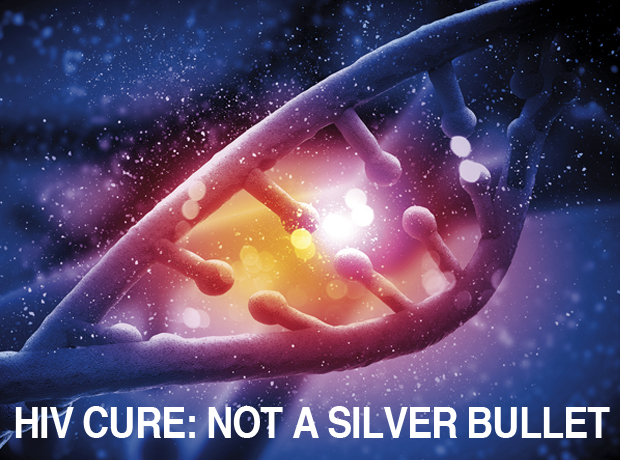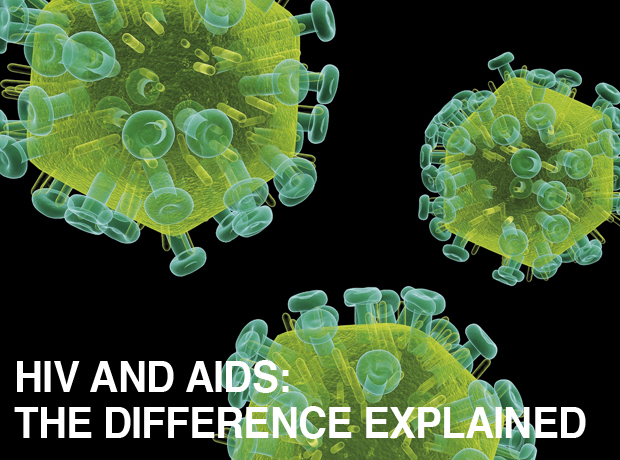HIV Media Guide
Information for journalists
What is AIDS?
AIDS stands for ‘Acquired Immune Deficiency Syndrome’, a syndrome defined by and diagnosed on the basis of signs, symptoms, infections and cancers associated with HIV-related deficiency of the immune system.
AIDS describes the most advanced stages of HIV infection, defined by the occurrence of any of more than 20 opportunistic infections or HIV-related cancers. The US Centers for Disease Control and Prevention (CDC) defines AIDS on the basis of a CD4 positive T cell count of less than 200 per mm3 of blood. ‘CD4 T cells’ are a type of white blood cell that plays an important role in the body’s immune system. Where HIV damages the immune system, the number of CD4 cells in the blood decreases.
How quickly can AIDS develop?
For the majority of HIV positive people who access optimal HIV antiretroviral treatment before a significant drop in their CD4 T cell count, progression to AIDS is stopped. Antiretroviral therapies slow down HIV disease progression to AIDS by decreasing the infected person’s HIV viral load (that is, the amount of the virus in their blood).
There are now few AIDS diagnoses in Australia, unlike countries where treatments are not readily available or where people have other diseases such as tuberculosis, hepatitis or malaria, which complicate HIV treatment.
Without treatment, people with HIV will generally develop signs of HIV-related illness within five to ten years; however, in some cases the time between HIV infection and developing AIDS can be 15 years or even longer.
See also:






